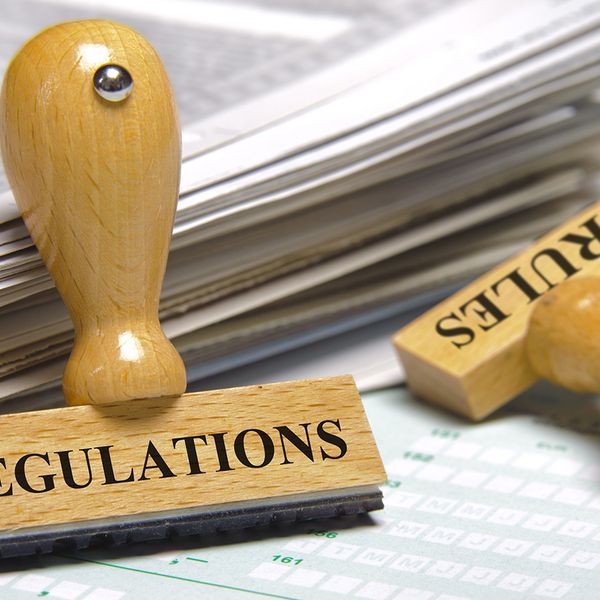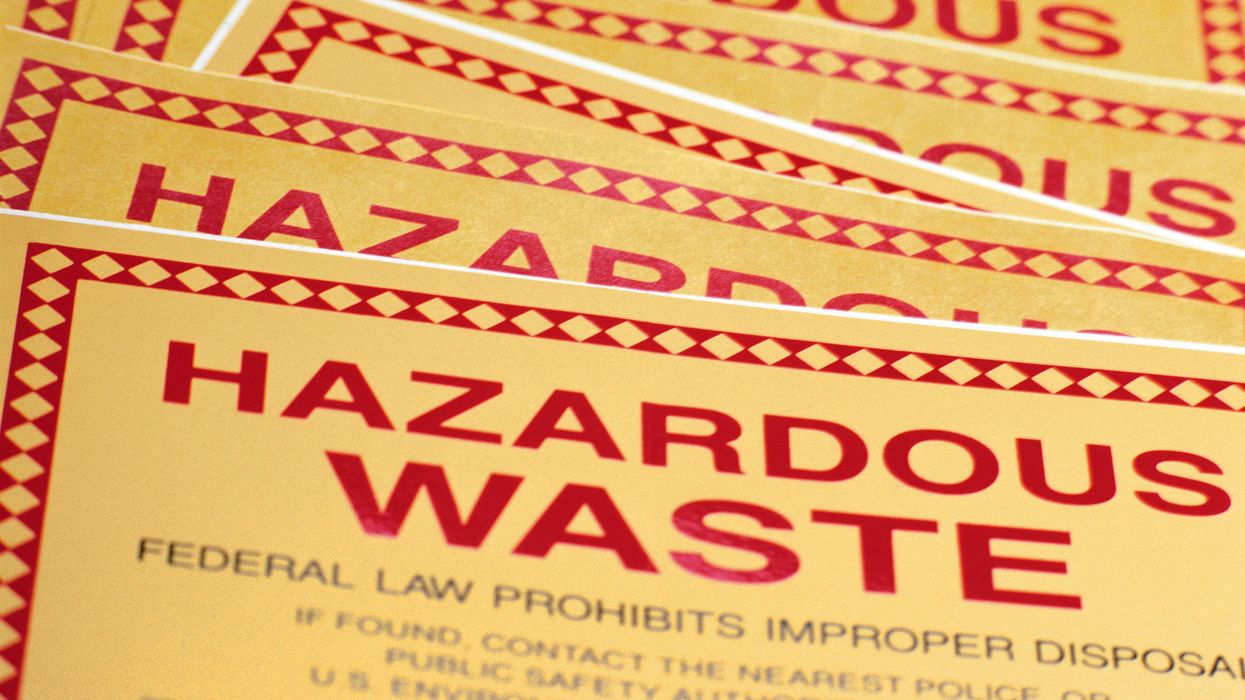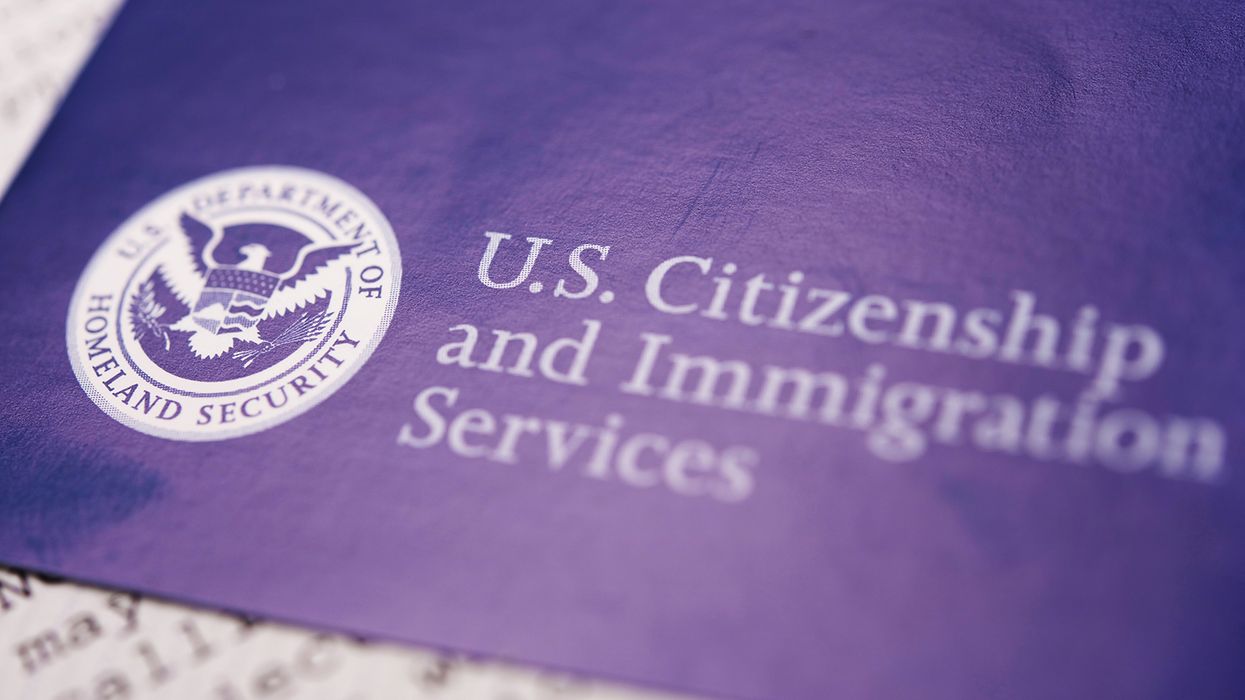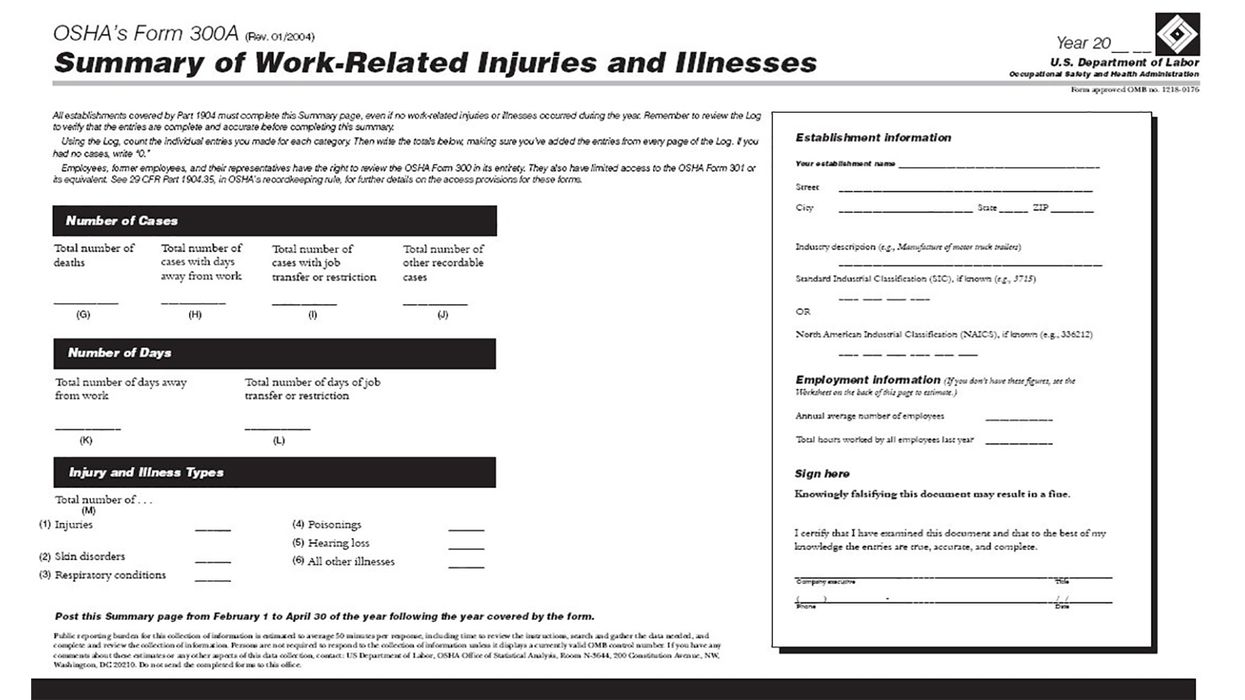CEQ rescinds rules on guidance documents for ’more flexibility’
In April 13, 2021, the White House Council on Environmental Quality (CEQ) rescinded its rules at 40 CFR Part 1519 which apply to the agency’s procedures on agency guidance documents. This agency plays a big role in determining the need for and the creation of environmental rules that EPA enforces.
Part 1519 has only been in place since January 2021 in response to President Trump’s Executive Order (EO) 13891. EO 13891, “Promoting the Rule of Law Through Improved Agency Guidance Documents,” required federal agencies to make their guidance documents available for public comments and be accessible online. It also curbed agency development of and reliance on guidance documents.
President Biden replaced EO 13891 with EO 13992, “Revocation of Certain Executive Orders Concerning Federal Regulation.” Biden said the earlier EO “threaten[ed] to frustrate the federal government’s ability to confront the urgent challenges facing the nation ... and to empower agencies to use appropriate regulatory tools to address these issues.”
What does this mean for guidance documents going forward? It may mean that federal agencies, including the CEQ, will have an easier time issuing new guidance documents. That might mean more agency guidance being published and could mean less public input on them. However, the CEQ says it will continue to make its guidance available on its websites, including www.nepa.gov and www.sustainability.gov.
Note that other agencies such as EPA and OSHA have also been affected by the requirement to make their guidance documents more accessible and the need for them more transparent.
What are guidance documents?
Historically, federal agencies have used guidance documents to supplement or explain their regulations. They can take the form of letters of interpretation, frequently asked questions, regulatory alerts, statements, etc. Past criticism has been that agencies treat guidance documents as though they had the force of law.
Key to remember
Guidance documents are not regulations themselves, but they tell you how an agency interprets the regulation.

















































